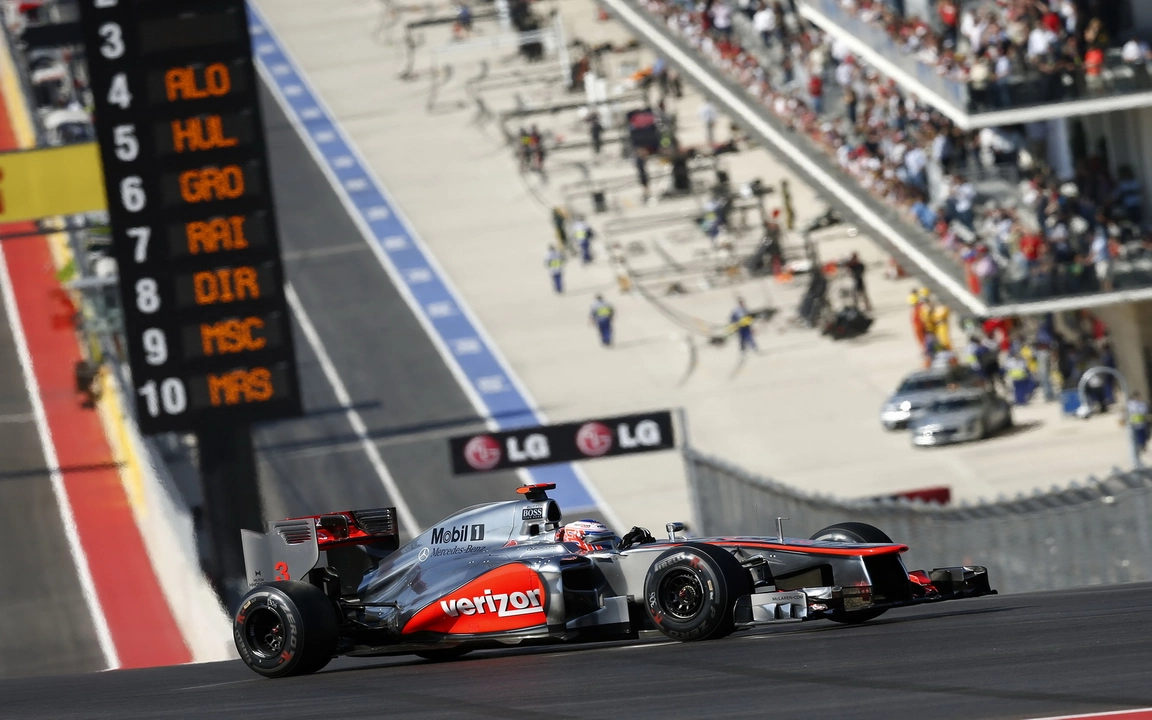Formula One: Speed, Safety, and the Gear That Drives It
When you think of Formula 1 you picture roaring engines, lightning‑fast laps, and drivers who seem to dance on the edge of control. But behind the spectacle lies a world of safety tech that lets those machines push limits without turning into disasters.
Most fans focus on the cars, the teams, and the podium celebrations. The gear that keeps drivers alive often stays out of the spotlight, yet it’s just as critical. From fire‑proof shoes to ultra‑light helmets, every component is designed to survive heat, impact, and the sheer forces of racing.
Why Fire‑Proof Shoes Matter in F1
Ever wonder if a driver’s shoes can survive a burst of flame? The answer is yes, and the story is simple: drivers sit inches from engines that can hit over 1,000 °F. Their shoes are built from layers of Nomex, Kevlar, and carbon fiber – materials that won’t melt or catch fire in seconds.
These shoes do more than stop burns. They give drivers precise feel on the pedals, which is essential for throttle control and braking at thousands of RPM. A slip or a delayed reaction can cost a race, so the shoe must be both protective and responsive.
Manufacturers test each pair in furnaces that simulate race‑day temperatures. If a shoe fails, it doesn’t make it to the grid. That strict testing ensures every driver steps into the cockpit with confidence.
Essential F1 Gear Every Fan Should Spot
Beyond shoes, the driver’s suit is a multi‑layer shield. The outer shell resists tearing, while the inner Nomex layer handles fire. A tiny pocket of air between layers traps heat, giving the driver precious seconds to escape a fire.
Helmets are another marvel. Modern F1 helmets combine carbon‑fiber shells with polycarbonate visors. They’re tested at impact speeds that would shatter ordinary helmets, yet they stay lightweight enough not to drain the driver’s neck.
The steering wheel is a compact cockpit of its own. It houses buttons for radio, engine mapping, and even a DRS (drag reduction system) switch. Every button is engineered for tactile feedback, because a driver can’t afford to fumble while traveling at 200 mph.
For the gear‑heads who love to tinker, the same attention to detail appears in aftermarket parts. High‑performance brake pads, carbon‑fiber driveshafts, and precision‑machined pistons all share the same emphasis on safety and reliability found on the F1 grid.
Whether you’re buying a replica helmet for a costume or looking to upgrade your own track day car, the principles stay the same: choose parts that have been proven under extreme conditions.
So next time you watch a Grand Prix, take a moment to appreciate the invisible armor that lets drivers chase speed without risking their lives. The blend of fire‑proof shoes, heat‑resistant suits, and bullet‑proof helmets is what turns raw power into a sport that can be watched safely from the stands.
If you’re hunting for high‑quality motorsport parts to bring a taste of F1 tech to your own rides, Derbi MotoSport Parts offers a curated selection that mirrors the same standards of durability and performance you see on the track.
As a huge Formula One fan, I've often wondered why this thrilling sport isn't as popular in the US as it is in other countries. After some research, I found a few reasons: firstly, the US has its own well-established motorsport culture, like NASCAR and IndyCar, which tend to overshadow F1. Secondly, the time difference between the US and many F1 race locations can make it difficult for American viewers to catch live events. Additionally, F1 has a more global focus, which might not resonate as strongly with some American audiences. Lastly, the lack of a consistently successful American driver or team in F1 could also contribute to its lower popularity in the US.

 Motorsports and Racing
Motorsports and Racing